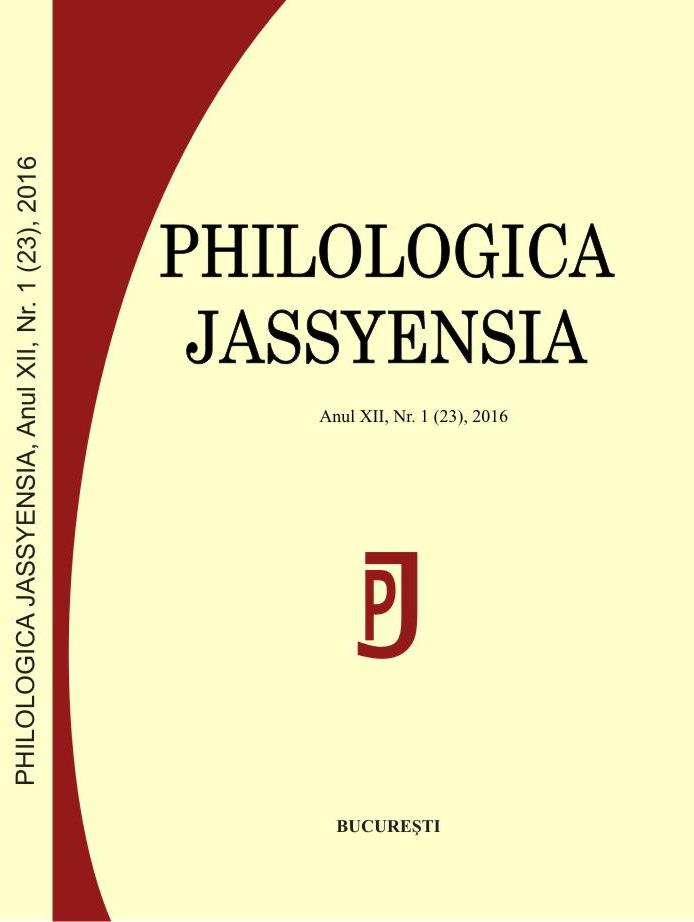„Să nu [în]juri strâmb…”. Înjurături românești care conțin antroponime (II): niveluri constitutive și semantic-referențiale
“Swear Not at All”. Romanian Anthroponym-Based Expletives (II): Structural and Semantic-Referential Levels
Author(s): Daiana Felecan, Alina BugheşiuSubject(s): Language and Literature Studies
Published by: Editura Tracus Arte
Keywords: swearing; expressive speech act; anthroponym; pragmastylistics; sociolinguistics
Summary/Abstract: Swearing is a special kind of expressive speech act, whose use is restricted by certain pragmatic parameters that are determined by a given situation of communication (the interlocutors’ social role status and their relationship – deference / intimacy – among others).Structurally, expletives are small-sized verbal sequences. They usually display a standard pattern of construction:– a verb, in the subjunctive or conditional mood with an imperative value (1st, 2nd or 3rd person sg. / pl.) or in the imperative mood (2nd person sg. / pl.), occupies the first position in the utterance. It is most often chosen from the sexually connoted and diaphasically marked register of language: see, for instance, the counterpart of the standard language verb phrases a avea contact sexual ‘to have sexual intercourse’ and a întreține contact sexual ‘to engage in sexual intercourse’ or of the verbs a se împerechea ‘to mate’ and a se acupla ‘to copulate’ in the slang language of expletives (a (se) fute ‘to fuck’). The swear verb is followed by:– a clitic (an unstressed pronoun), -te (2nd person sg.) / -vă (2nd person pl.), syntactically functioning as a direct object and identifying the patient of the expletive expressive speech act, and by– an anthroponym designating the referent, a real individual (Ceaușescu) or fictional figure (Aladin), who is “invited” in absentia (by means of evocation) to (fancifully) act out / to perform the action expressed by the verb.The present paper proposes a classification and analysis of Romanian expletives that contain anthroponyms on three levels: grammatical, semantic-stylistic and suprasentential (textual-discursive). To support our subsequent arguments, we make use of precepts specific to the following linguistic subjects: functional grammar, pragmastylistics, speech act theory and sociolinguistics.The corpus explored was compiled by the authors and includes genuine expressive speech acts (i. e. expletives), taken from spoken or written (Internet) spontaneous interactions.
Journal: Philologica Jassyensia
- Issue Year: XII/2016
- Issue No: 1 (23)
- Page Range: 47-55
- Page Count: 9
- Language: Romanian

